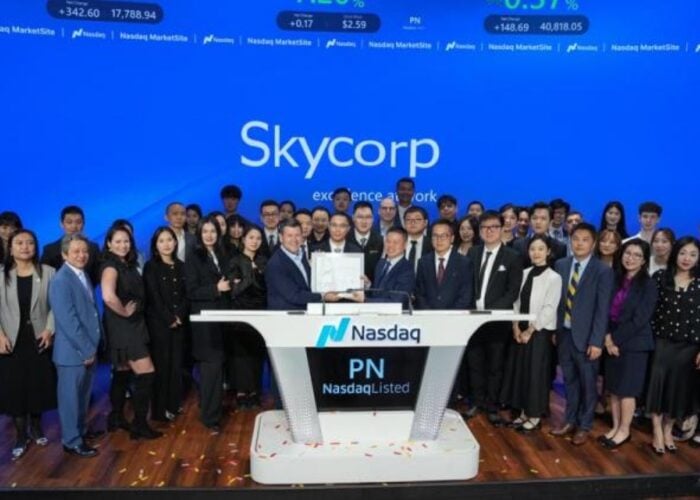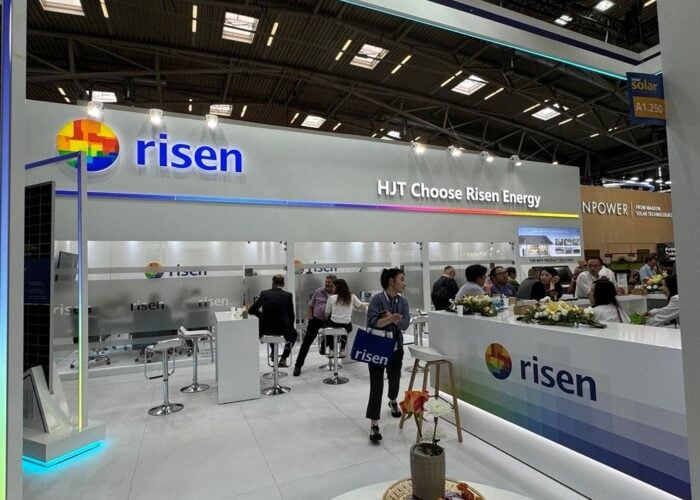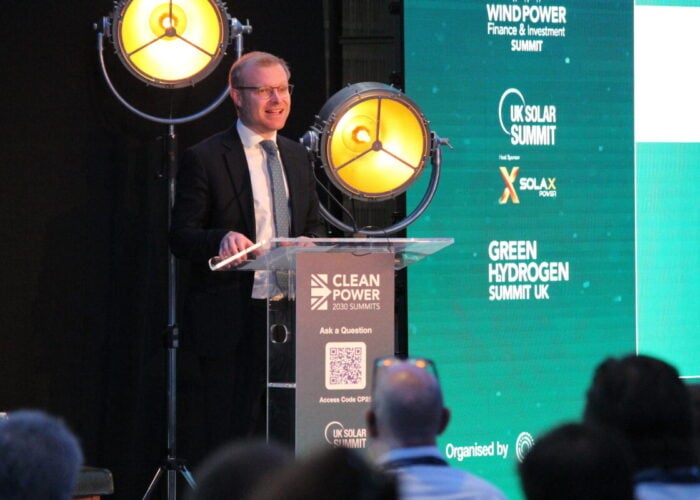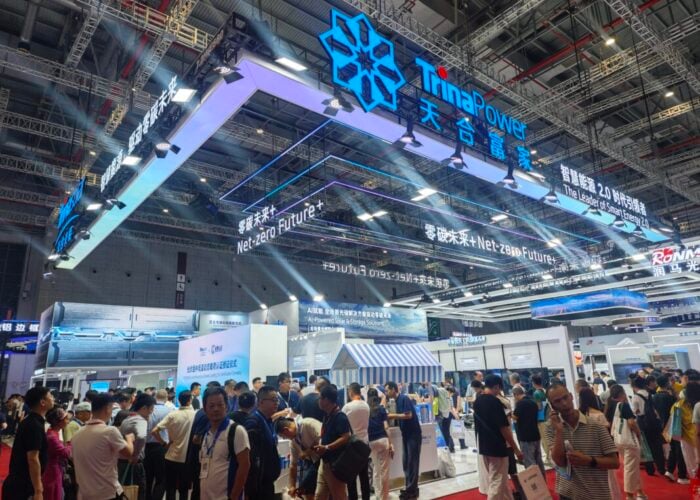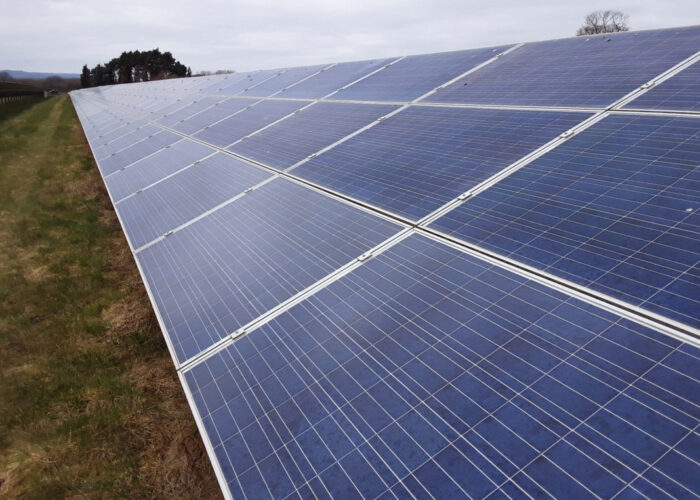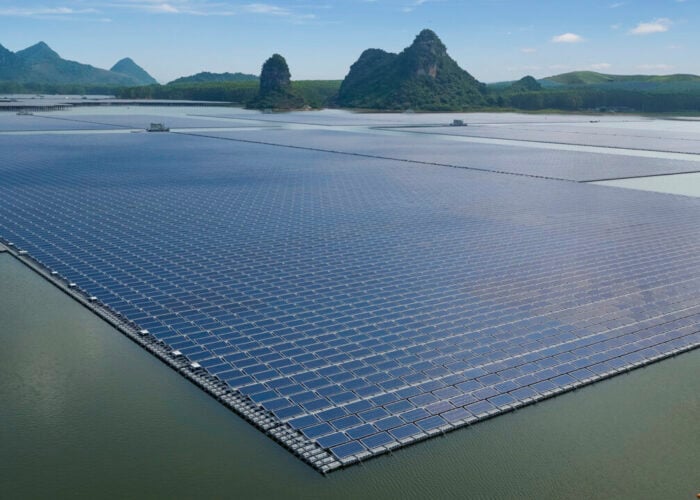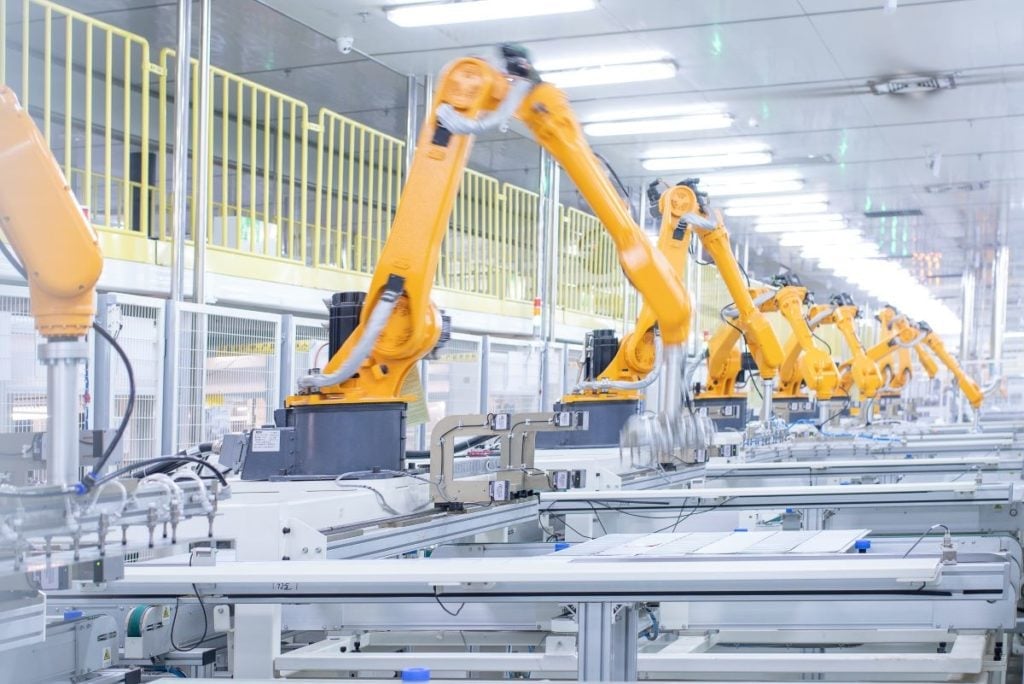
Chinese solar leaders have called for an end to the toxic competition on module prices that has sent prices tumbling, at last week’s 2024 Annual Conference of the Photovoltaic Industry.
At the event, attended by PV Tech Premium, industry leaders reflected on the challenges facing the Chinese solar industry, including unsustainably low prices, and a greater push for localised manufacturing, rather than international imports, in key markets such as North America and Europe.
Unlock unlimited access for 12 whole months of distinctive global analysis
Photovoltaics International is now included.
- Regular insight and analysis of the industry’s biggest developments
- In-depth interviews with the industry’s leading figures
- Unlimited digital access to the PV Tech Power journal catalogue
- Unlimited digital access to the Photovoltaics International journal catalogue
- Access to more than 1,000 technical papers
- Discounts on Solar Media’s portfolio of events, in-person and virtual
“The PV industry must pursue a path of high-quality development and not engage in vicious price competition,” said Wang Bohua, honorary chairman of the China Photovoltaic Industry Association (CPIA), who noted that, while Chinese PV exports grew year-on-year in the first ten months of the year, the fall in prices meant that the value of these exports has fallen year-on-year.
Throughout the year, the price of a number of key module components has fallen dramatically, such as silicon. In April, the price of all types of silicon, except for n-type, fell to below RMB50,000/ton (US$6,877.4/ton), after prices hit a peak of RMB72,100/ton (US$9,923/ton) in March.
These concerns echo predictions made by Solar Media head of research Finlay Colville, whose flagship report, the ‘PV ModuleTech Bankability Ratings Quarterly’, included a “tsunami” of Chinese companies facing insolvency, as years of overinvestment have combined with a sharp downturn in prices, making many operations financially unviable.
Earlier this year, Colville wrote that 2025 is likely to be a “humbling” year for leading Chinese module manufacturers, and predicted that this downturn in the manufacturing sector could continue into 2026, suggesting that significant change will be needed if the sector is to return to strength. While Bohua called for greater collaboration between leading Chinese manufacturers, and greater care to be put into their overseas shipments, company executives expressed skepticism about the viability of this approach at last week’s event.
“While Middle Eastern oil producers can create an OPEC, it is difficult for Chinese companies to form an alliance,” said Qian Jing, vice president of JinkoSolar. “I hope that our peers can overcome difficulties and reach a consensus, instead of waiting for ‘regulation from others,’ by which time it would be too late.”

